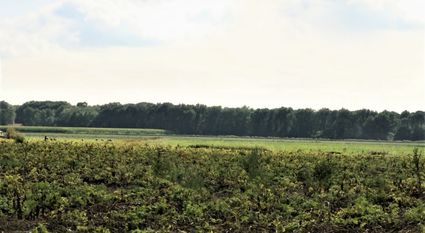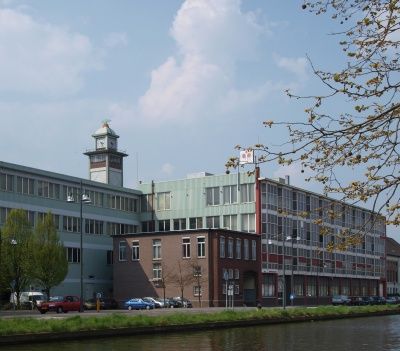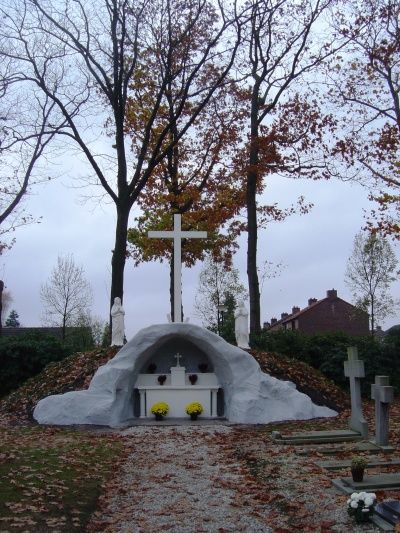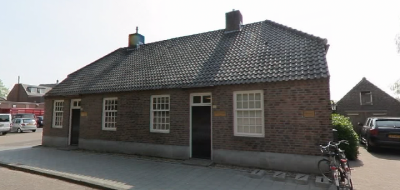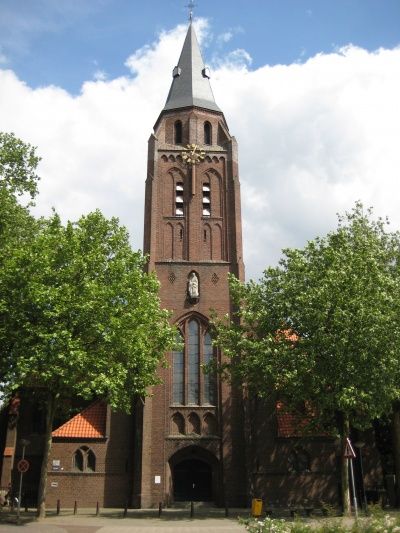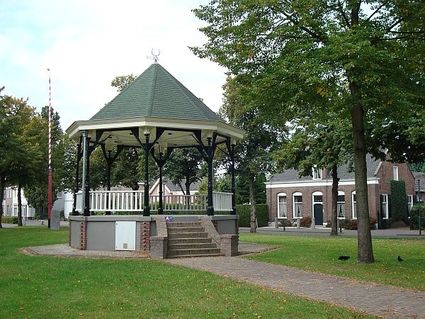De Pelicaan
Contents
1 The Pelican and the Olde Church
1.1 A flight of Gemert pelicans
1.2 Own parish
1.3 Land registry research
A flight of Gemert pelicans Gemert. From the hallway a view of the statue the Pelican where the first Gemert church was locat…
Contents
1 The Pelican and the Olde Church
1.1 A flight of Gemert pelicans
1.2 Own parish
1.3 Land registry research
A flight of Gemert pelicans Gemert. From the hallway a view of the statue the Pelican where the first Gemert church was located in the Middle Ages.On the gateway between Ridderhof and the property Kerkstraat 1, a gilded statue of a pelican was placed in 2005. Many will ask: why a pelican? That's not even a bird from here. Indeed, the pelican is found only in tropical and subtropical regions, in Europe only in the south-east. But the bird did become known here with the introduction of Christianity through the old folk belief that, in emergencies, the pelican fed its young with blood from its breast, which it pecked open to do so. In the early Middle Ages, this became for Christians the symbol of the (blood) sacrifice of Jesus Christ on the cross. In Christian iconography and also in heraldry, it became a recurrent theme. Thus, the sacrificing pelican is also the seal image of the oldest known Commandery of the Teutonic Order in the Netherlands (at Mechelen). And in our church of St.Jans' Onthoofding, they also still possess chasubles with the image of the pelican pecking its chest on the back. Gemert has always had a special devotion to the cross. The order of knights founded during the Crusades, which built the Gemert Castle, is no stranger to this. Passion plays were held in Gemert until the eighteenth century, and to this day the cuneiform chapel of Esdonk is still crowded. That the earlier existence of an inn De Pelikaan in Gemert also had something to do with this devotion to the cross may, however, be assumed to be much less well known. But it is true nonetheless. De Ridderhof was called inn De Pelikaan until around 1830. And going even further back in history, we see that there is also a relationship between this inn and Gemert's very first church. Everything indicates that the De Pelikaan inn, which has been known since the seventeenth century, stood on the same plot of land as Gemert's first church. This first church - officially inaugurated in 1270 - belonged to the parish of Bakel and was referred to as a chapel rather than a church in the fourteenth century.
Yet even then it had a special status. It was enclosed by a moat and also had a cemetery within that enclosure. This can be read in a charter from 1326, which states that Lord Diederik van Gemert had the right to hold "the board of justice" "on dien kirckhove" and that he could also hold his "rechtinghen in die capelle". Own parish
In 1436-1437, when Gemert became an independent parish, the same chapel was "promoted" to become Gemert's first parish church. However, this did not last long. For almost immediately after the pope gave his permission for Gemert to split off from the original parish of Bakel, the Teutonic Order must have started building a new church next to the castle, on the other side of the street. We know from archival research that by 1445, the presbytery of that new church had already been put to use as the new parish church and that from that year onwards, the old chapel church was no longer needed. Even before 1500, ?128;de olde kerke?128; for that is how it was henceforth referred to, must have been given the new purpose of inn and brewhouse. It should not go unmentioned that this first church was until then known as 'Capelle vant heilig Cruijs van Miracul', because very early on the chapel was endowed with the relics of the Holy Cross and the Holy Sepulcher from Jerusalem, which are still present in the parish church of Gemert.
Pilgrims and pilgrims must have made many sacrifices in that chapel. In 16th century parish records it was recorded that, the first (Germanordens) parish priest of Gemert (lord Jan van Attendoren), "of his patrimonio (= inheritance from his parents) ende sacrifice die vant heilich Cruijs van miracul hier quam, die neu kerck bouten". For the entire 16th century, the inn continued to be referred to as 'die herberg en brewerije In die Olde (or: Alde) kercke'.
Gemert in earlier times. Land registry survey
From unexpected quarters, another curious fact surfaced that says something about the former location of 'die Olde Kercke' and the Olde cemetery around it. Namely, in 1960, at the time of the new construction of the textile shop


